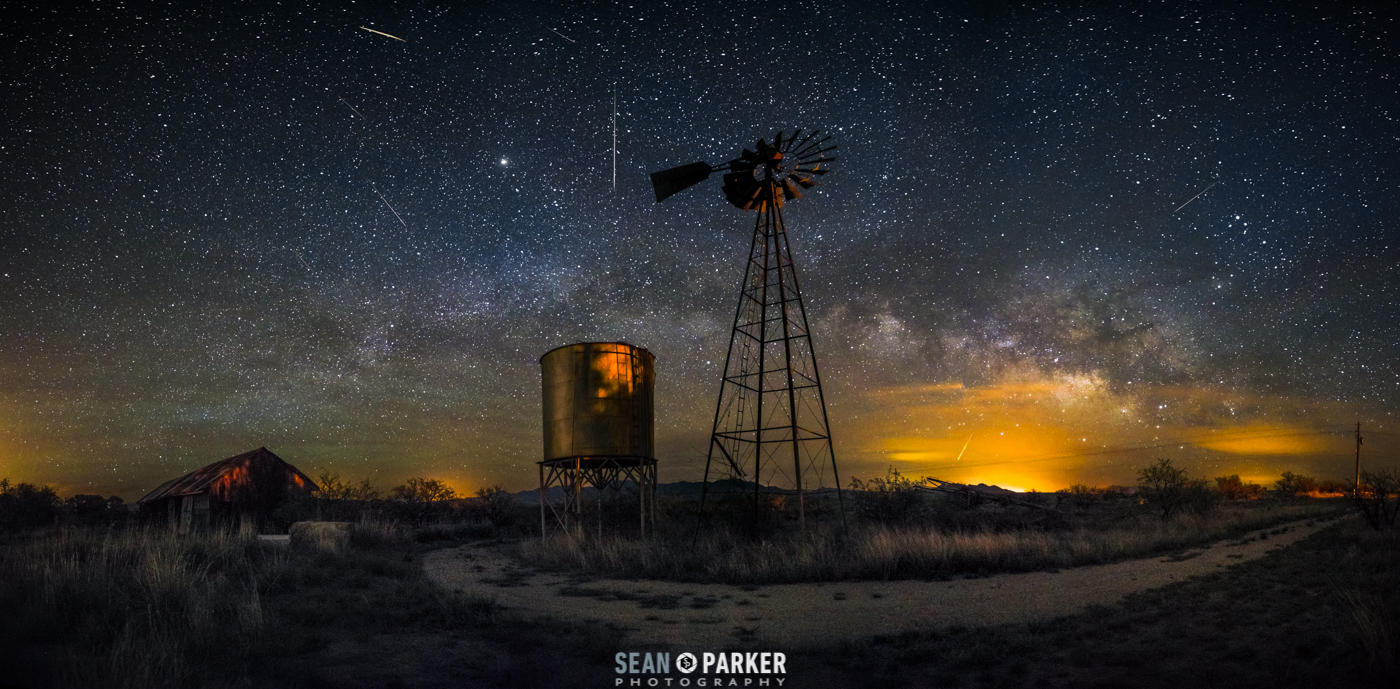Company Aims to Offer On-Demand Meteor Showers

Skywatchers hoping to see a shooting star may soon be able to order them on demand.
A group of Japanese scientists say they have a shooting-star secret formula — an undisclosed chemical mixture packed into tiny, inch-wide balls that the team hopes to eject from a satellite to create on-demand meteor showers, AFP reports.
A Japanese start-up company called ALE is partnering with researchers at multiple universities to create the artificial meteor showers, which will cost around $8,100 per meteor for buyers. The researchers said the manufactured meteors would be bright enough to be visible even in areas with light pollution, like Tokyo, assuming clear weather. [Meteor Shower Quiz: How Well Do You Know 'Shooting Stars'?]
Natural meteor showers occur when dust and debris from space are heated by friction as they pass through Earth's atmosphere. Meteors often burn up completely before reaching the ground. (If they do strike the Earth, they become known as meteorites.) The artificial meteoroids, which would be launched from a microsatellite 20 inches (50 centimeters) across, would burn up on entry as well, after racing in at 5 miles (about 8 kilometers) per second, according to the piece by AFP reporter Miwa Suzuki.
The cubelike satellite that would release the artificial shooting stars is being developed by ALE in conjunction with the outside researchers. The satellite would orbit the Earth from north to south at an altitude of about 250 to 310 miles (400 to 500 km) for months at a time before falling back to Earth and burning up.
ALE is keeping the chemical makeup of the pellets it would launch secret, but the company revealed that it is considering different chemical compositions to create streaks of different colors.
"Making the sky a screen is this project's biggest attraction as entertainment," Lena Okajima, the company's founder and CEO, told AFP. "It's a space display." In case of bad weather, the shooting stars could be called off up to 100 minutes before the planned spectacle.
Get the Space.com Newsletter
Breaking space news, the latest updates on rocket launches, skywatching events and more!
And while the artificial meteor showers would be beautiful, they could also be valuable to scientists. An aerospace engineer at Tokyo Metropolitan University, Hironori Sahara, told AFP that analyzing the light from a meteor can tell scientists about the temperature, density and movement of the atmosphere at that elevation. Natural meteor showers are unpredictable, but scientists would know exactly where to look to study ALE's meteors.
It's a particularly valuable opportunity, because the region of sky that these meteors are expected to pass through is too low for spacecraft and too high for weather balloons to study. As ALE talks with investors and develops the technology further, scientists and skywatchers may decide to take advantage of meteor showers on demand. But the company may never be able to deliver the thrill of spotting a natural meteor, free of charge.
Email Sarah Lewin at slewin@space.com or follow her @SarahExplains. Follow us @Spacedotcom, Facebook and Google+. Original article on Space.com.
Join our Space Forums to keep talking space on the latest missions, night sky and more! And if you have a news tip, correction or comment, let us know at: community@space.com.

Sarah Lewin started writing for Space.com in June of 2015 as a Staff Writer and became Associate Editor in 2019 . Her work has been featured by Scientific American, IEEE Spectrum, Quanta Magazine, Wired, The Scientist, Science Friday and WGBH's Inside NOVA. Sarah has an MA from NYU's Science, Health and Environmental Reporting Program and an AB in mathematics from Brown University. When not writing, reading or thinking about space, Sarah enjoys musical theatre and mathematical papercraft. She is currently Assistant News Editor at Scientific American. You can follow her on Twitter @SarahExplains.









